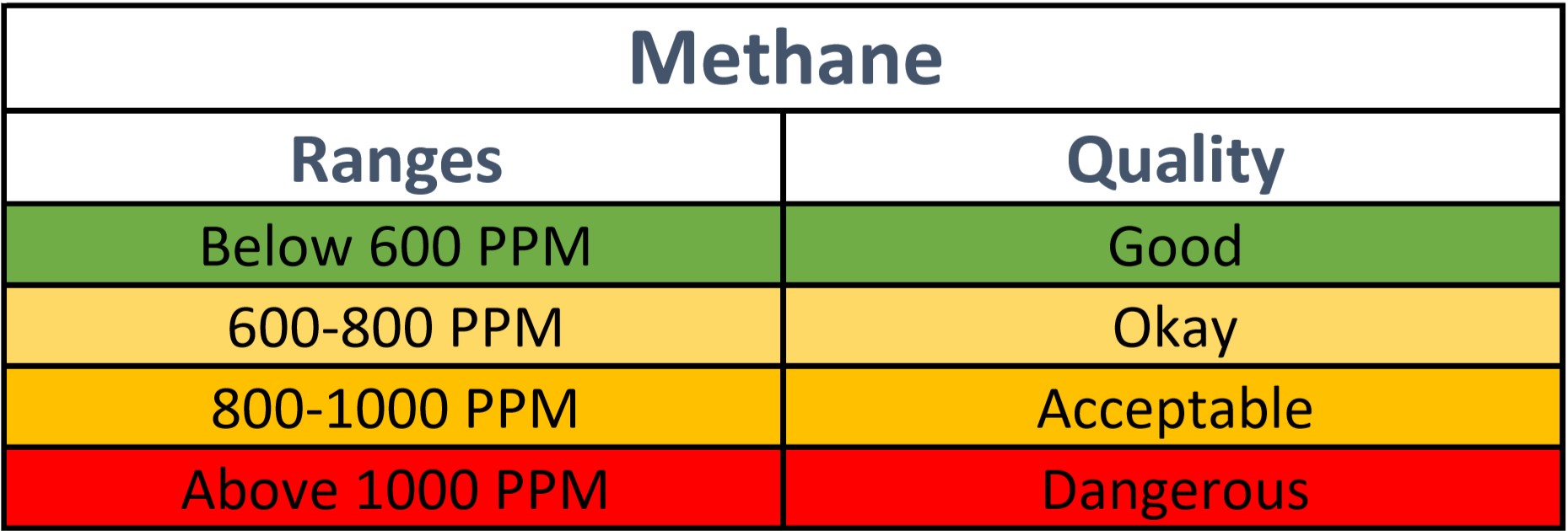Visit ThingSpeak channel for Graphical Data : Channel ID : 971751 or Click Here

PM 2.5: Particulate Matter 2.5 Microns
The term fine particles, or particulate matter 2.5 (PM2.5), refers to tiny particles or droplets in
the air that are two and one half microns or less in width. Like inches, meters and miles, a micron
is a unit of measurement for distance. There are about 25,000 microns in an inch. The widths of the
larger particles in the PM2.5 size range would be about thirty times smaller than that of a human
hair. The short-term standard (24-hour or daily average) is 35 micrograms per cubic meter of air
(µg/m3) and the long-term standard (annual average) is 12 µg/m3. A microgram is a unit of weight.
There are a million micrograms in a gram, and a pound is equal to about 450 grams. Particles in the
PM2.5 size range are able to travel deeply into the respiratory tract, reaching the lungs.
Exposure to fine particles can cause short-term health effects such as eye, nose, throat and lung
irritation, coughing, sneezing, runny nose and shortness of breath. Exposure to fine particles can
also affect lung function and worsen medical conditions such as asthma and heart disease. Scientific
studies have linked increases in daily PM2.5 exposure with increased respiratory and cardiovascular
hospitaladmissions, emergency department visits and deaths. Studies also suggest that long term
exposure to fine particulate matter may be associated with increased rates of chronic bronchitis,
reduced lung function and increased mortality from lung cancer and heart disease. People with
breathing and heart problems, children and the elderly may be particularly sensitive to PM2.5.
For Detailed information Click Here
PM 10: Particulate Matter 10 Microns
For Detailed information Click Here
Methane (CH4):

Carbon Monoxide (CO):

Carbon Dioxide (CO2):
